Hitman 3’s Developers Share What Makes Its Berlin Level Special
Agent 47 may be the playable avatar and box-art star of the Hitman series, but I’d argue that he’s not the main draw. That distinction has to go to the meticulously crafted levels that IO Interactive has delivered for years. They’re sandboxes in the best sense of the term, providing interesting, beautiful, and varied backdrops for players to ply their grim trade. Each level is purposely built for replayability, rewarding players who fully explore each setting with not only unlocks but a greater vision of the myriad little stories that populate each place. One of Hitman 3’s standout locations is its Berlin mission, which severs Agent 47 from the resources that he’s relied on up until this point in the trilogy. It’s a disconcerting change of pace, and there are some interesting stories behind its development.
We spoke to several members of the development team during our Hitman 3 cover story, and we were able to play our way through the game’s first three missions. We wrote at length about the Dubai and Dartmoor levels, but much about Berlin was off-limits for our pre-launch coverage. Now that the game is out, we’re ready to share some of the behind-the-scenes insights about the mission.
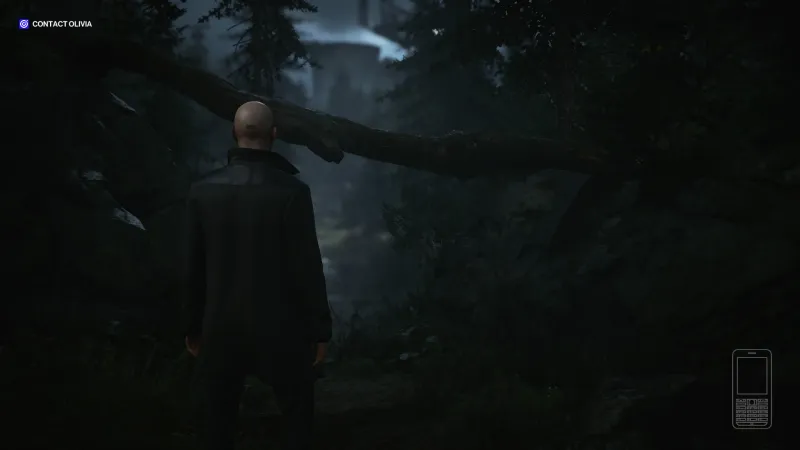
First a quick spoiler warning: If you’re planning on playing Hitman 3, I’d recommend coming back to this after you’ve played through this particular mission. There are some surprising things about it, and much of its impact could be lost if you read too much beforehand. I went into it without any knowledge about what was coming, and I think the experience was stronger for it. Your mileage may vary, of course, but I wanted to bring it up sooner than later.
By the time you begin the game’s third mission, Apex Predator, you’ve probably already developed a sense that IO Interactive is moving out of its comfort zone with these levels. The first mission features a lot of verticality and a pair of targets who can be drawn close together for a memorable double kill. The second mission, Dartmoor, lets players try their hand at being a detective instead of their usual role as a freelance executioner. The optional murder mystery is a complete change of pace, with optional interrogations and investigations that can occur right out in the open.
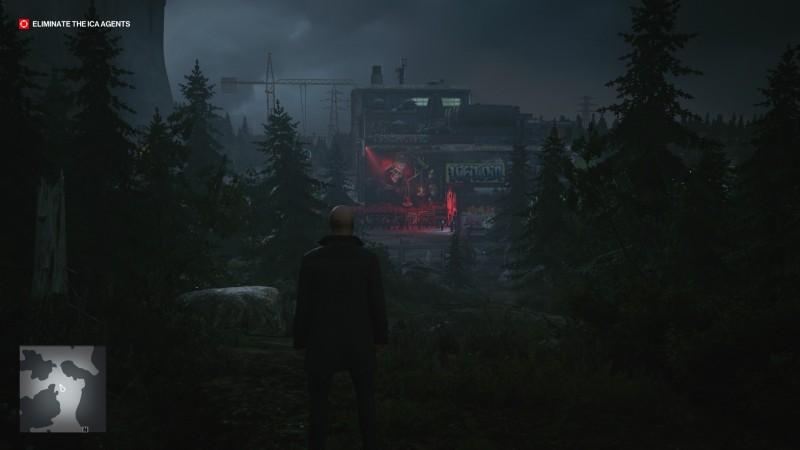
At IO Interactive, every mission begins with the team nailing down some key thematic words and phrases. For Dubai, game director Mattias Engstrom gave the level designers and artists a few short terms including “on top of the world,” “open and airy,” and “an inviting beginning.” Dartmoor’s thematic direction included the phrase “a house filled with secrets” and the words “ominous” and “vulnerable.” By the time the third mission rolls around, players are dropped into a place where the words “loneliness” and “isolation” were used as creative springboards. Once you’ve played through it, the significance is clear.
Midway through Hitman 3’s narrative arc, Agent 47 finds himself alone. His former colleagues are dead or working against him. What was supposed to be a meeting has transformed into a slaughter. There’s no friend on the other side of an earpiece. Players don’t even know who their targets are as they emerge from a wooded area to find a sprawling club built within a decommissioned power plant. “It was always supposed to be a cold open and a bit surreal with what’s going on,” Engstrom says. “You don’t really have anything or anyone here, and 47 is defining his own mission for the first time.”
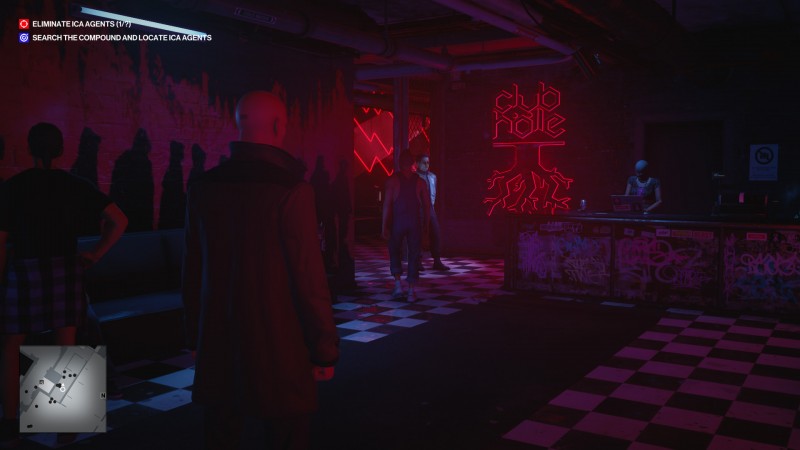
Even though Agent 47 doesn’t have any tactical support, he’s far from alone. As you work your way into the facility, you start to appreciate just how many people have packed themselves into the place. “This is our event location,” Engstrom says. “Like, Paris has a fashion show, this is the rave event.” Music can be heard upon approach, with bass reverberating off the concrete. When you descend into the actual club, it’s a nearly overwhelming sensation. The music is loud, and it’s accompanied by a syncopated light show.
“We put a lot of effort into making it an authentic rave in Berlin, and a lot of effort into the music, and we spent a lot of effort into making that crowd,” Engstrom says. Players have to observe NPCs to determine who the targets are, which can be tricky considering the overall density. Of course, Agent 47 can use that to his advantage as well, slipping amid the crowd to conceal himself if a guard notices the suspicious-acting bald guy.
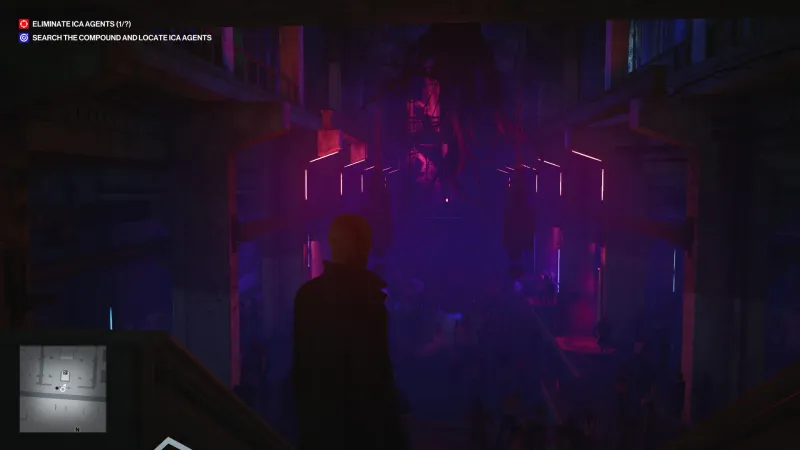
Executive producer Forest Swartout Large says that seeing the content-complete version of the rave for the first time was a career highlight. “I feel like it’s so much, that experience up to that reveal. And then you get inside and you’re like, ‘Oh my god! Mind blown!’” She adds that she felt like seeing it all working together was something special. “I cried when I saw the rave, and when I had the ‘I have arrived’ moment. It was totally emotional. It hit me like a ton of bricks.”
In a first for the series, Hitman 3’s composer, Niels Bye Nielsen, also wrote all of the other music for the game instead of incorporating tracks from other sources. One of the easy-to-miss details about the rave is how the NPCs react to his work. As the music builds and explodes, the crowd will adjust their moves to simulate, well, dancing. Their moves are fairly convincing, though Swartout Large recalls that it wasn’t always quite that way. “We have this very tall Viking/Norwegian animator named Morten [Helgeland], and he did the initial blocking-animation mocap – and it was hilarious.”
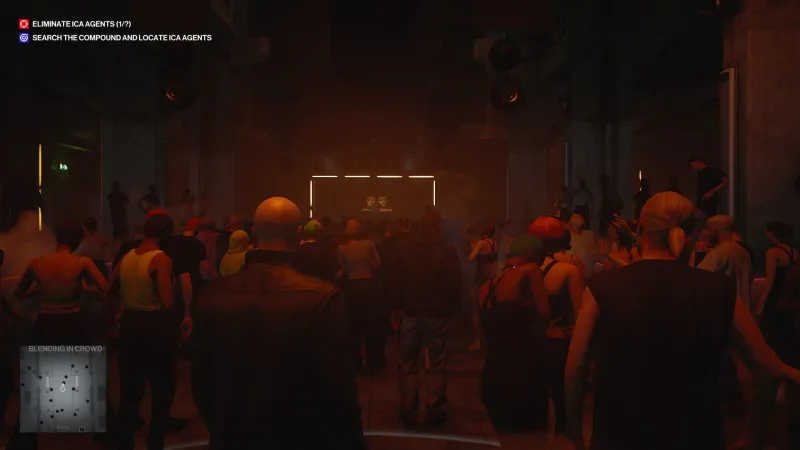
That placeholder animation – which, to be clear, was never intended to be included in the game – made it look as though the dance floor was populated by “f—ing dads,” Engstrom says, laughing, as he mimes some decidedly uncool maneuvers.
Dancing dads notwithstanding, the rave sequence is impressive on traditional displays, but the team says it shines even brighter in PlayStation VR. “Without a doubt, that rave level is something where we grab people and say, ‘Can you please come over and just go down on the dance floor?’” says senior game designer Eksil Mohl. “Because you can [make a fist], everybody has just been standing there [mimes pumping a fist to the music]. And they’re saying ‘This is insane. This is insane.’”
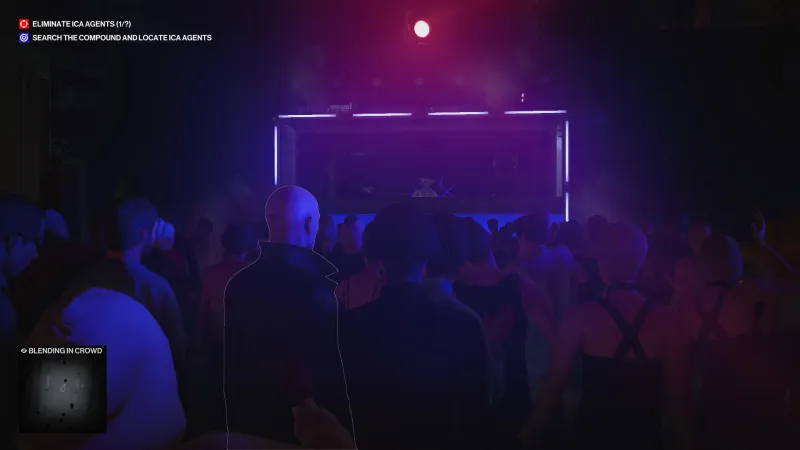
Lead game designer Sidsel Hermansen adds that being able to experience the club in VR is a nice reminder of how things used to be before the Covid-19 pandemic. “I haven’t been to a rave for a long time, I haven’t been to a party, I haven’t been to a concert, and I usually do that a lot,” she says. “It’s actually been kind of a reminder. It’s been a beautiful thing to be able to go there.”
